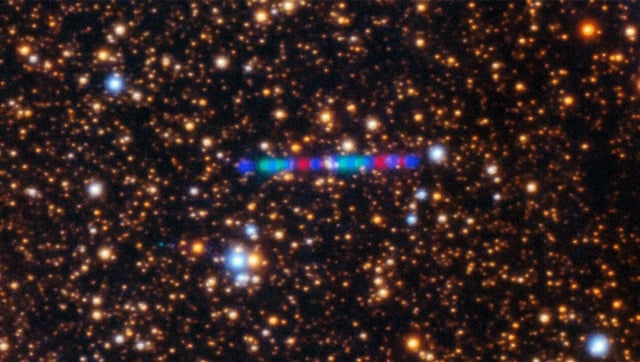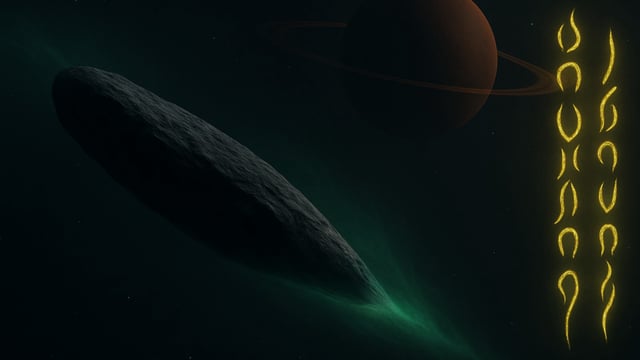Overview
- 3I/ATLAS will pass about 18 million miles (29 million kilometers) from Mars on October 3, with ESA’s Mars Express and ExoMars Trace Gas Orbiter observing and NASA assets prepared to assist.
- A new, not-yet–peer-reviewed study using ESO’s VLT/UVES reports an extreme nickel-to-iron abundance in the comet’s gas, an unusual signature compared with Solar System comets and 2I/Borisov.
- Hubble data cap the nucleus at no more than 3.5 miles (5.6 kilometers) across and possibly as small as 1,444 feet (440 meters), while observed outgassing and a growing tail support a natural comet interpretation.
- There is no threat to Earth, with the closest approach in December at roughly 167 million miles (269 million kilometers), and the comet reaches perihelion in late October when it will be hidden by solar glare.
- ESA’s JUICE spacecraft will continue monitoring throughout November after perihelion to track activity and refine measurements before ground-based follow-up resumes in December.



